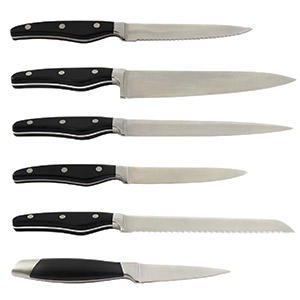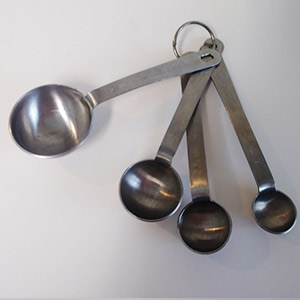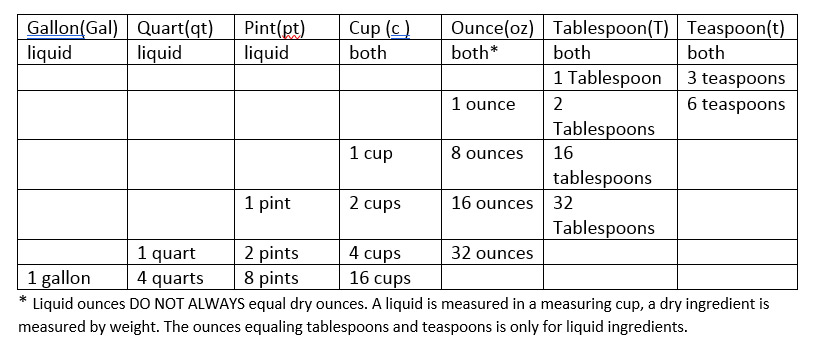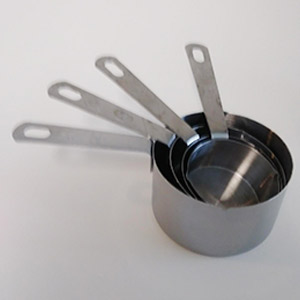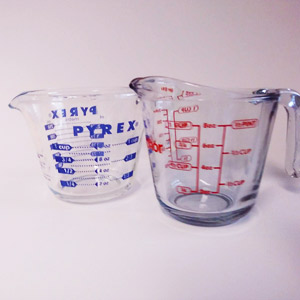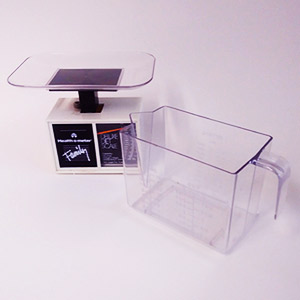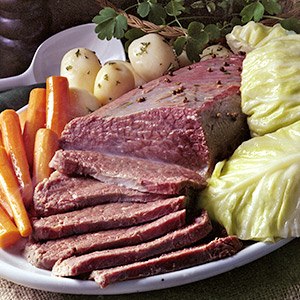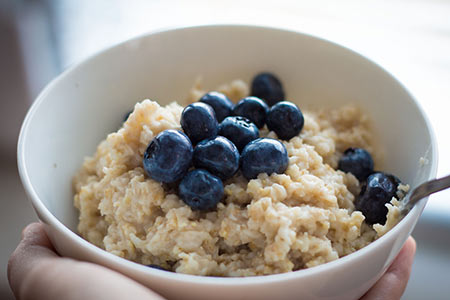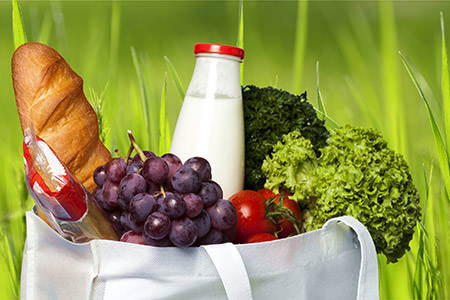
Treat yourself with the love and care you would give the person you love most in life. Love your self. Care for your self.
Speak to your self with kindness. You know what I mean. Listen to the thoughts that are going through your head – hundreds per hour. Are they affirming, encouraging, supportive and loving? If not, it’s time to start speaking with kindness and respect to yourself.
You are taking the initiative to learn and do things someone else has done for you and you now are going to do for yourself – self care. Good for you! This takes practice so give yourself some grace.

